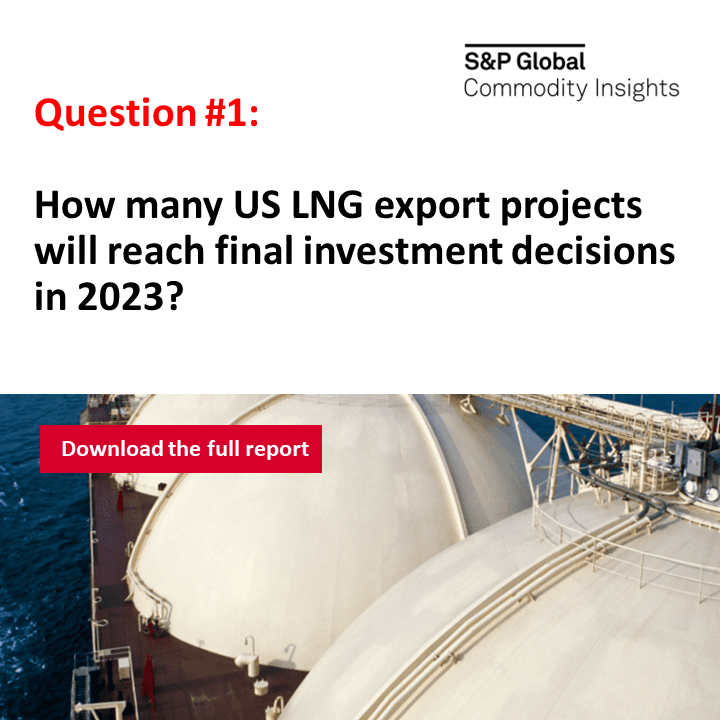World
Asia’s LNG imports shift higher as Europe’s fades: Russell

Asia’s LNG imports shift higher as Europe’s fades: Russell
By Clyde Russell
LAUNCESTON, Australia, July 29 (Reuters) – Asia continues to draw liquefied natural gas (LNG) from Europe with imports in July rising to the most in six months, even as spot prices stayed near seven-month highs.
|
Advertisement: The National Gas Company of Trinidad and Tobago Limited (NGC) NGC’s HSSE strategy is reflective and supportive of the organisational vision to become a leader in the global energy business. |
The top-importing region is on track for arrivals of 24.85 million metric tons of the super-chilled fuel, up from 22.60 million in June and the highest since January’s 26.19 million, according to data compiled by commodity analysts Kpler.
In contrast, Europe’s imports are tracking at 6.56 million tons for July, the lowest since September 2021 and down from 7.21 million in June.
Europe’s LNG imports have declined every month since December, when they were 11.75 million tons, or almost double the level expected for July.
Much of the reason for the shift in global LNG flows can be attributed to Asia’s higher price, with spot cargoes for delivery to North Asia being assessed at $12.00 per million British thermal units (mmBtu) in the week to July 26.
This was down from the previous week’s $12.20 per mmBtu, but still close to the $12.60 for the week to June 21, which was the highest price since mid-December.
The benchmark Dutch contract ended at 32.60 euros per megawatt hour on July 26, which is equivalent to $10.30 per mmBtu, or a discount of 14.2% to the Asian spot price.
The Asian spot price is currently close to the sweet spot of being high enough to draw cargoes to the region, but not quite at levels to start crimping demand in price-sensitive buyers such as China and India.
China, the world’s biggest LNG buyer, is on track for imports of 6.41 million tons in July, up from 5.80 million in June and the highest since April, according to Kpler.
India, Asia’s fourth-biggest LNG importer, is forecast to see arrivals of 2.61 million tons in July, up from 2.60 million in June and the most since October 2020.
In some ways the ongoing strength in India’s LNG imports are surprising, as the South Asian country tends to cut back in the face of higher prices.
The spot price has been rallying since its 2024 low of $8.30 per mmBtu in early March, and has been above $10 since mid-April, a level that has in the past seen India, and even China, cut back on spot purchases as LNG becomes uncompetitive in their domestic markets.
It’s likely that India’s strong economic growth is keeping LNG demand robust, especially since the fuel is generally used in industrial processes rather than for electricity generation.
Similarly, China’s appetite for LNG is being boosted by its use as a transport fuel, with research from consultants Wood Mackenzie showing sales of LNG-powered heavy vehicles rose from below 10% of the market to as much as 30% by the end of 2023.
JAPAN PEAKING?
Japan, the world’s second-biggest LNG buyer, also saw solid imports in July, with Kpler tracking 5.62 million tons, up from 4.75 million in June and the highest since March.
However, Japan’s imports may ease in coming months as the summer demand peak passes and inventories remain elevated, with stocks held by major utilities rising to 2.35 million tons by July 21, which is 21% higher than a year earlier, and 7% above the five-year average of 2.19 million.
The strength in Asia’s demand can be readily seen in the import data from the United States and Qatar, the world’s top and third biggest LNG shippers, and also swing suppliers to both Europe and Asia.
Asia’s imports from the United Stares are expected at 3.41 million tons in July, second only to the record high of 3.75 million from February 2021 and up from 2.71 million in June.
In contrast, Europe’s imports from the United States are forecast at 2.25 million tons, down from 2.85 million in June and the lowest since November 2021.
Asia’s imports from Qatar are forecast at 6.09 million tons, up from 5.23 million in June and the highest since January.
Europe’s imports from Qatar are estimated at 740,000 tons in July, down from June’s 1.05 million and the weakest since September.
The opinions expressed here are those of the author, a columnist for Reuters.
(Editing by Miral Fahmy)











